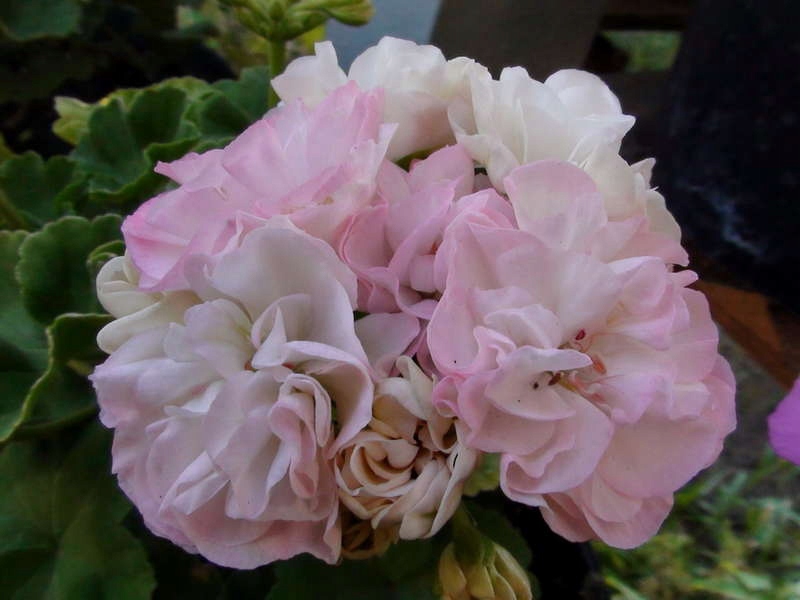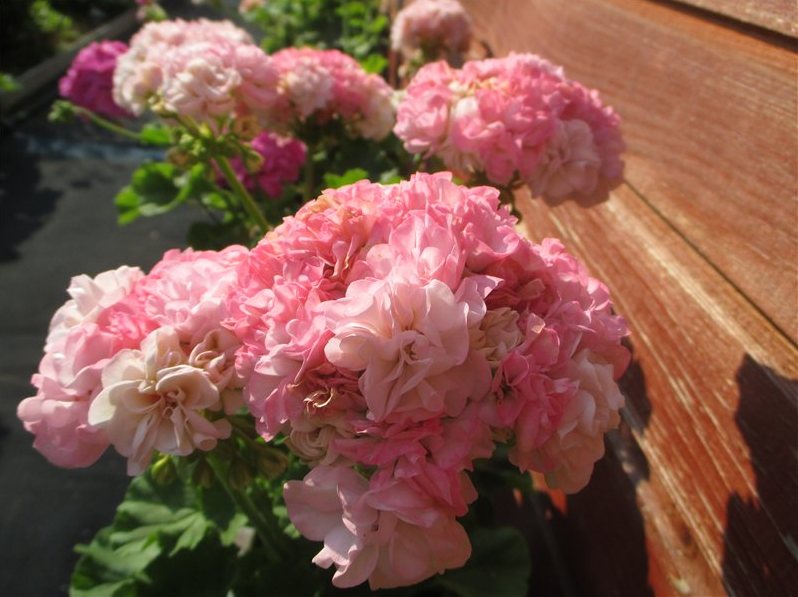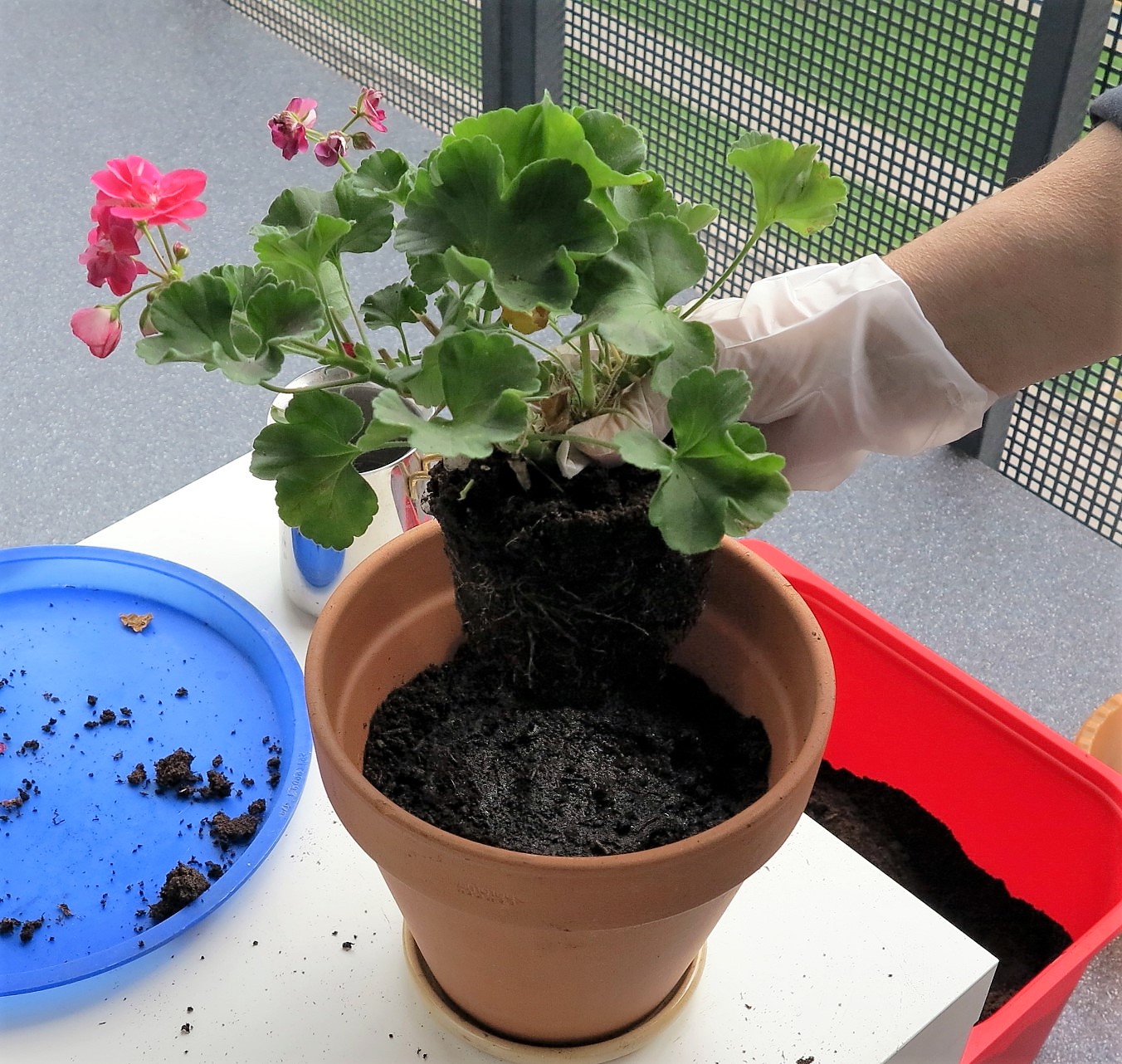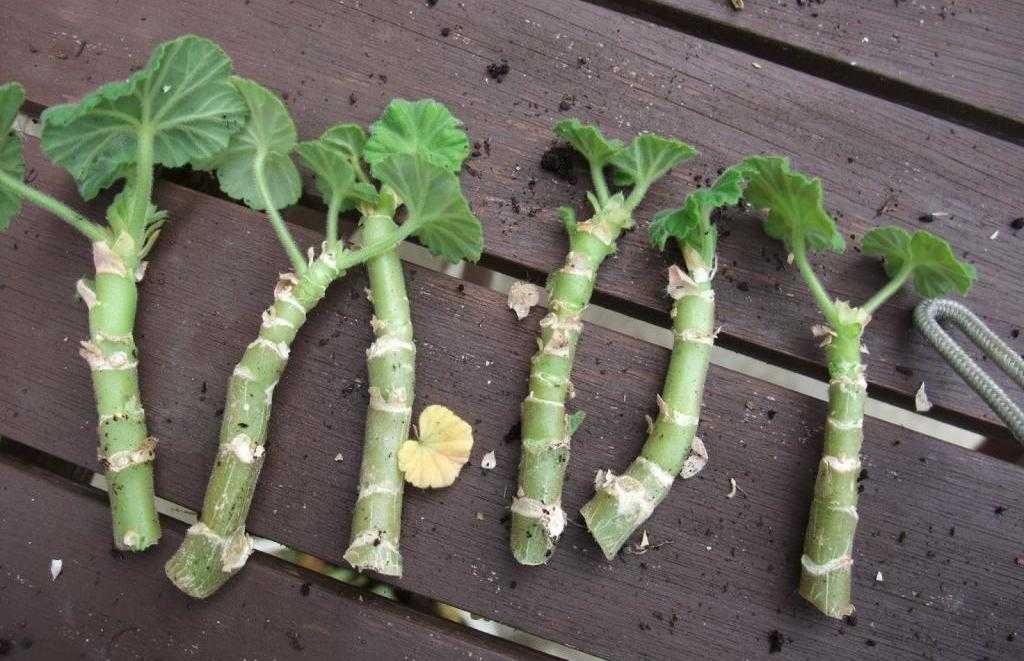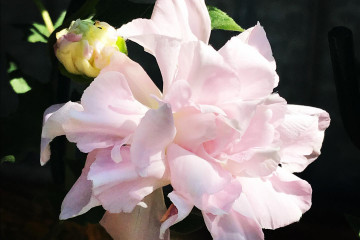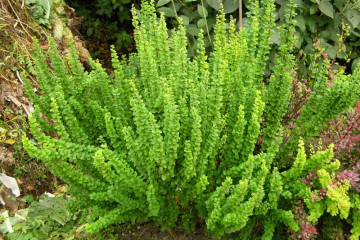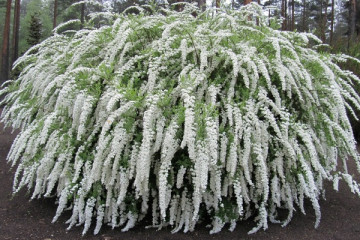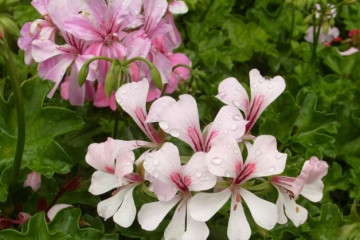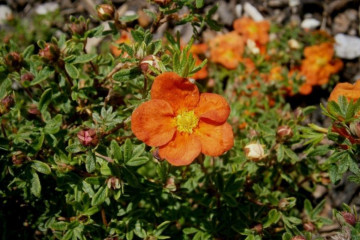Pelargonium Dovepoint - description, planting and care
Content:
Pelargonium flower dovepoint (geranium) is one of the popular, unpretentious plants to care for. The culture is grown only at home. Pelargonium looks good on windowsills, balconies, flower beds, lawns, parks and squares.
Description of the Dovepoint Pelargonium variety and its characteristics
Pelargonium belongs to the Geranev family, which has more than 400 species of flowers. This variety has rather dense inflorescences. Lush double flowers look gorgeous, changing color from white to pale pink. In the description of the Dovepoint pelargonium bushes, their compactness is noted. The flower is characterized by profuse and long flowering.
History of origin
The name of the plant comes from the external resemblance of the fruit to the beak of a crane. India and South Africa are considered the birthplace of pelargonium. It was from these countries that the first varieties came to European states. In Russia, the plant became widespread in the 19th century. Flowers were grown to decorate parks and palace squares.
Indoor Dove Point Pelargonium refers to zonal plants. The variety is popular among flower growers, it is distinguished by beautiful flowering and unpretentiousness in terms of keeping conditions.
Features of the variety (how it looks, flowering, etc.)
The bushes of the plant are very compact, the flowers are lush. Several small flowers from white to pink are collected in one voluminous terry ball-inflorescence. Delicate flowers frame green leaves of regular rounded shape.
The optimal flowering time is spring and summer. With careful care, the pelargonium can bloom for up to six months. If artificial lighting is added to the plant in the cold autumn-winter period, the flowering will last.
The plant pot should be in a well-lit place. If required, you can connect a special lamp.
Winter hardiness
Indoor plants tolerate winter well. At this time, it is necessary to minimize the number of watering and the frequency of top dressing.
Planting and further care
Plants are planted mainly with cuttings or seeds. The full development of the bush and gorgeous flowering depend on the choice of the optimal place for planting, as well as on compliance with the rules of agricultural cultivation.
Site selection and preparation
Pelargonium belongs to plants that love sunlight. Lack of light can be detrimental to growth and flowering. If Pelargonium Dove Point is grown on the site, an open, sunny area is chosen for it. The soil for planting must be fertilized.
How to plant
The seeds can be harvested by yourself or purchased from the store. Their shell is quite dense, so it is recommended to first rub them with sandpaper. For quick pecking of sprouts, the seed should be soaked between moistened layers of gauze or cloth.
Planting by cuttings is carried out immediately after pruning. The cut branches must be cleaned of leaves and placed in water. After sprouting of the roots, the cuttings are planted on the site or in a pot. Many growers prefer not to wait for the roots to appear, but plant the cuttings immediately into the soil to a depth of 2-3 cm.Then watering should be carried out for several weeks.
Watering and feeding
It is necessary to water the bushes regularly and dosed. Lack of moisture provokes wilting of the plant, yellowing and falling of leaves. Excess water can lead to rotting of the root system. In summer, the watering procedure should be carried out at least once a week, in winter - once every two weeks.
It is necessary to feed geranium bushes in spring and summer. With the onset of cold weather, the activity of the flower ends, and the time for rest comes.
Pruning
For the formation of a beautiful and lush crown, it is important to prune in a timely manner. Dried peduncles must be removed immediately. The procedure is carried out after the flowering period with a special garden tool. All shoots are shortened by about one third of their length. This helps the side shoots grow. After pruning, cuttings can be used for breeding pelargonium.
Preparing for winter
Pelargonium belongs to perennial herbaceous shrubs. When the time for flowering is over, you need to cut off the shoots and prepare the plant for wintering. To do this, place the container with pelargonium in a cool place (+ 10 ... +15 ° C) with diffused light. A 12-hour daylight day is organized for a flower using special lamps.
Reproduction
Powerpoint Pelargonium is bred mainly in two ways: by seed and cuttings. The second method is more common. In late February - early March, a stalk with 2 internodes is cut from the plant, dried and placed in nutrient soil. After a month, it will become a rooted plant.
Diseases and pests, ways to deal with them
Pelargonium can be attacked by pests and diseases.
With excessive watering, gray rot appears on the leaves of the plant. The affected areas should be removed and the plant should be transplanted into another substrate. If the temperature regime is not respected, this can provoke reddening of the pelargonium foliage.
In dry climates in a room or on an area, the plant can infect a spider mite. By the white bloom on the leaves, a mealybug infection is recognized. All diseases and pests are effectively combated with the help of insecticidal agents.
With proper care, timely pruning and transplanting of pelargonium, Dovepoint will delight the owners with lush flowering for a long time. Dense bushes with a pale pink head of flowers will decorate any interior or area.
